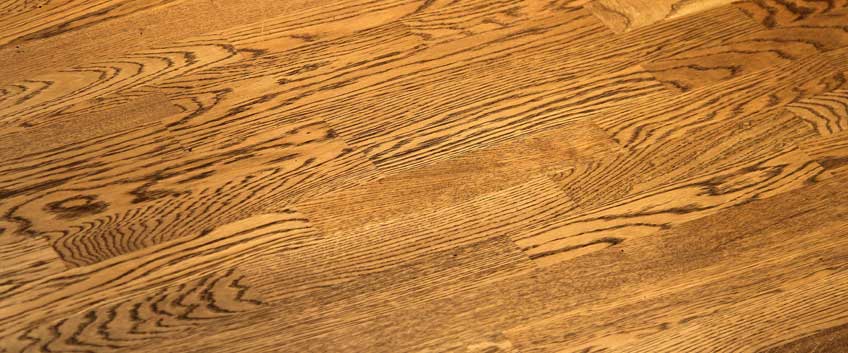
If you have not heard anything of end grain wood flooring, we can understand that, because this is a fresh, new and very unique type of wood flooring that is certainly not the most common thing you can find installed in any other house. The uniqueness of this type of wood flooring comes from the layout and the form of the wooden boards that in this case look like tiles, but they are made out of wood that is cut from timber ends. This means that the wood’s grain is highly visible in this case and this adds a very uniqueness and a twist to the floor’s appearance. From a structural point of view, this type of wood board installation is also highly stable, solid and resistant to common issues.
End grain tiles are highly durable and are commonly used for fashioning wood cutting boards, but also look great for flooring installation. In fact, in the past wooden tiles were used to pave roads and streets in cities and towns. These wooden tiles were highly preferred because they are highly durable and resistant to wear and tear for a long period.
At this point, we suspect that you are already highly interested in considering end-grain wood flooring as an option for your home, or even workplace (why not, you would like to stand out, right?). But before considering this option and rushing to the store to purchase materials, you have to be aware of how the installation is properly delivered in your case and meet your local building codes. Here is how to get prepared for undertaking a wood tiles flooring project:
Project preparation
As it is with any other wood flooring materials, the same is important for end-grain wooden tiles too – you have to allow them to adjust and acclimatise to their new environment. Leave the wood out of its transportation packaging in the room, where the installation is planned for at least a few days so the wooden tiles can get used to the indoor humidity in your home. If any other home improvement and building wet jobs around the area of your house are still not completely dry (plaster, ceramic tile, concrete, other jobs), avoid having your wooden boards installed and wait for them to dry completely. Ensure that ambient room temperature is maintained before, during and a few days after the installation.
Surface Preparation
Since end grain wood flooring cannot be installed like tongue and groove kind, this means that the wooden tiles need a subfloor that is stable and solid, levelled, clean and dry. The imperfections of the subfloor can be minimalised with proper preparation so you will end up with no imperfections on your actual flooring. Take note that direct installation on concrete, even when it is completely cured, is not the best option. Consider having an insulation layer installed beforehand.
Plan the layout ahead
Taking the right measurements is always very important to make sure the layout of your wooden floor will be right. All measurements, in this case, are done in square feet and the results show you the number of materials you are going to need to completely cover. To make a layout with the least cuts on wood tiles, you can dry lay the tiles (placing the tiles without actually installing them). Lay a row of tiles in each direction (do not forget to use tiles spacers between them) and mark the centre of the area, then remove the wooden tiles. By dividing the room into four parts the installation process will be easier.